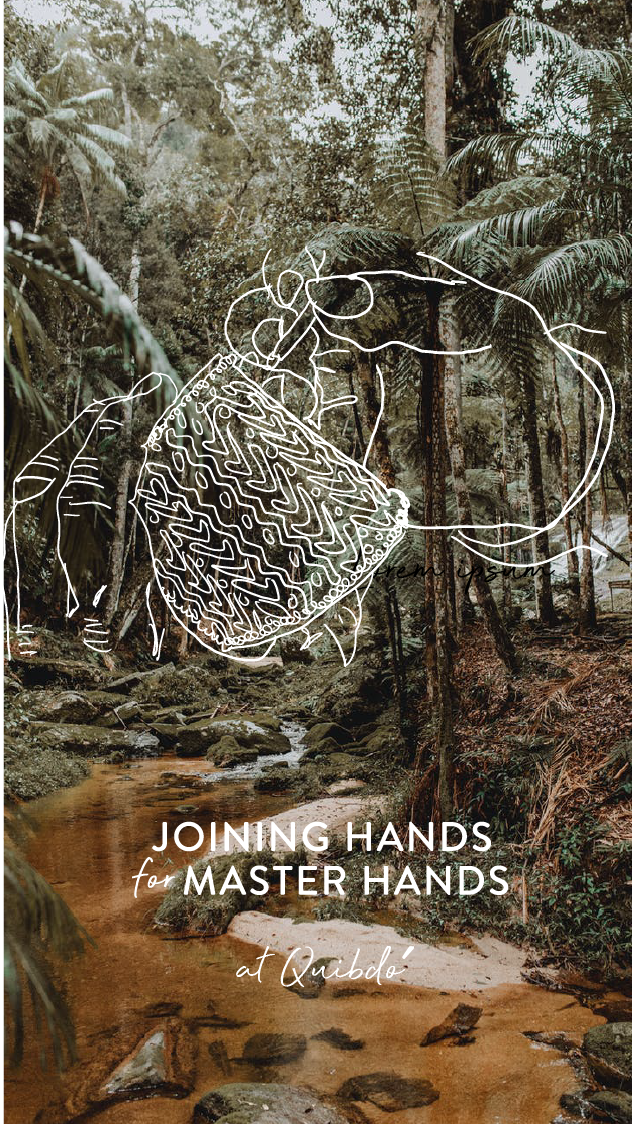ARTESANOS DE CHAQUIRAS DE QUIBDÓ, CHOCO
95 Artisans
Welcome to Quibdó, the capital of the eastern-most department of Choco in Colombia. This coastal city on the pacific ocean is a cornerstone of the afrocolombian culture.
Quibdo is the home of members of the indigenous Wounnan Phurr communiity, orginally from ancestral territories on the San Juan river. Displaced by violence, members of the community have seeked safety better conditions in the city of Quibdo since 2006. Unfortunately, the city is a hostile environment, lacking the economic prospretity or infrastructure to allow these indigenous families, accustomed to a life sustained by farming, hunting and fishing activities to prosper.
The Wounaan1 indigenous people, for more than five centuries, have lived scattered along the banks of the San Juan River. Their native language is called Woun Meu, it belongs to the Chocó linguistic family and represents a factor of ethnic and cultural identity. The Wounaan constantly maintain inter-ethnic relations in the territory with Afro-Colombian and indigenous communities such as the Embera, Tule and Kuna.
The neighborhood where the community settled, ‘el Obrero’, is one of the most dangerous, insecure and violent places in Quibdó. But despite the difficulties, Luz Beraide, a 31-year-old artisan, established the artisanal community: Artesanos de Chaquira de Quibdo. She is considered a master of her art: she learned to develop beadwork with precision and understands the importance of and commitment to the Wounnan culture.






































